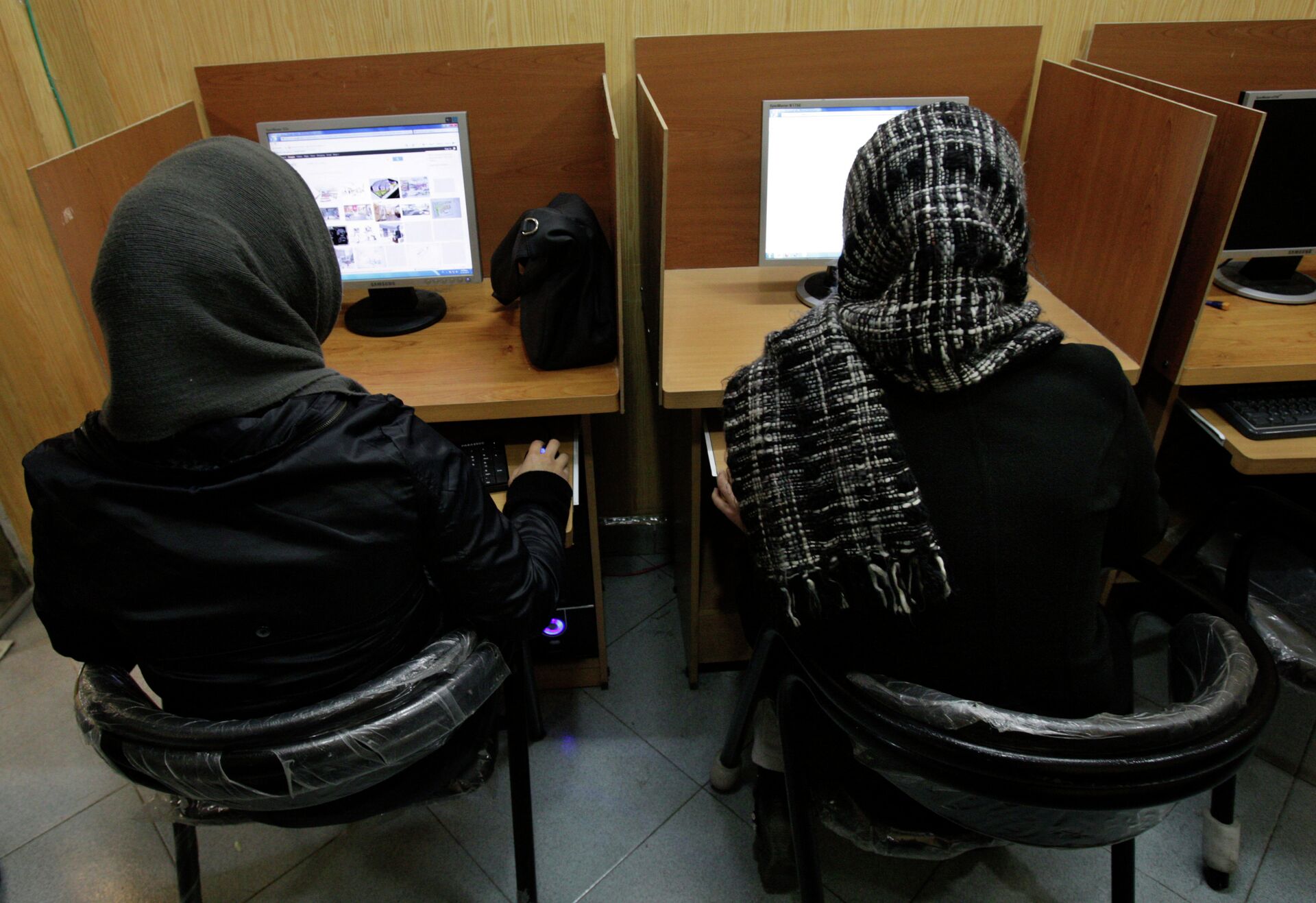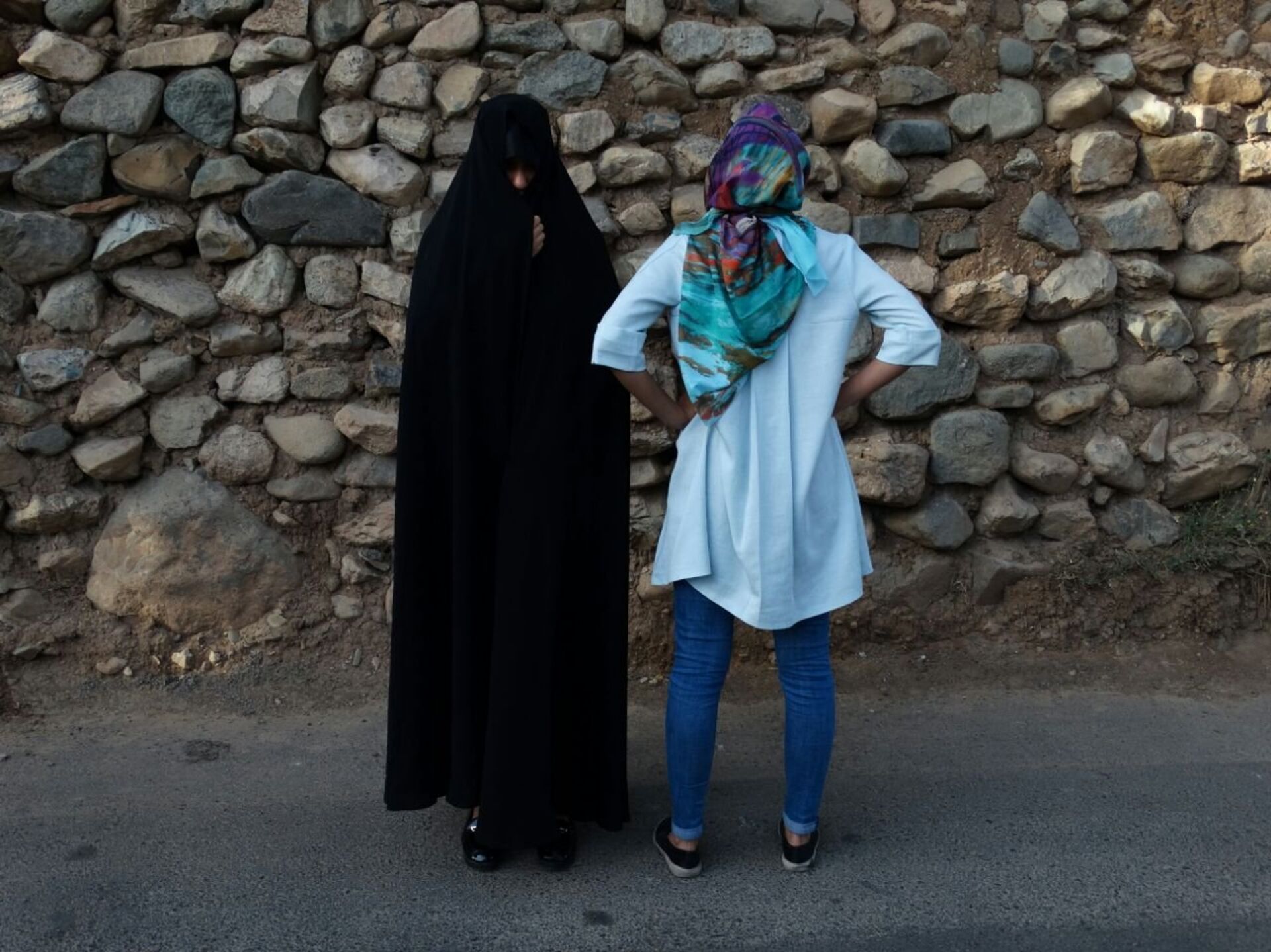Iran’s Supreme Leader Ali Khamenei recently issued a new fatwa – an authoritative, non-binding legal opinion on a point of Islamic law given by a recognised higher authority - declaring that women in cartoons and animated films must all be shown wearing the hijab, according to al-Arabiya, citing Iran's Tasnim news agency.
Khamenei was said to have been responding to a question asked by a Telegram channel user regarding whether observing compulsory hijab rules was necessary for characters in cartoons, claims the report.
“Although wearing a hijab in such a hypothetical situation is not required per se, observing hijab in animation is required due to the consequences of not wearing hijab,”

answered Khamenei, according to a translation offered by the IranWire news website.
There has not been any official comment from the Iranian government on the discourse.
Since the Iranian revolution in 1979, women were urged by the late Supreme Leader Sayyid Ruhollah Musavi Khomeini to cover their hair and all parts of the body according to Islamic law on modesty. Prior to 1979, many Iranian women wore Western-style outfits, even miniskirts and short-sleeved tops.

After the revolution, women who did not cover their hair in public with a headscarf - the hijab - or were deemed to be wearing "bad hijab" by having some of their hair showing, faced punishments reportedly ranging from public admonishment to fines and even imprisonment, as they were targeted by Iran’s morality police, known as Gasht-e Ershad.
Part of the regular police force, its male and female officers are entrusted with enforcing Islamic codes in Iranian society, and can arrest people they think are violating them, writes the outlet.
Places of business were also obligated to put up signs that said "no entry without hijab", with those who defied the codes reportedly facing punishment.
In October 2020, a young woman was arrested in central Iran for “insulting the Islamic hijab” after a viral video appeared to show her cycling without a veil, according to the official IRNA news agency.
Yesterday she enjoyed the wind in her hair on her bicycle and today she got arrested by the authorities in Iran.
— Masih Alinejad 🏳️ (@AlinejadMasih) October 20, 2020
Why? Because she is a woman and in my beautiful country Iran riding a bicycle or being unveiled make us criminals in the eyes of “Ayatollahs”.
ISIS is still in power😞 pic.twitter.com/ccp95oAzTO
Another fight against the forced hijab law called white Wednesdays campaign
— Париса⁷ (@prettycomet) October 23, 2020
They arrested all of them who participated
She is vida movahed #چهارشنبه_سفید pic.twitter.com/BMEPgtzr6k
As women have attempted to protest against the dress code, campaigns such as White Wednesdays, urging women to share pictures and videos of themselves on social media wearing white headscarves or white pieces of clothing and My Stealthy Freedom, which encourages women from Iran to post online pictures of themselves without headscarves, were perceived as opposition to forced veiling.




